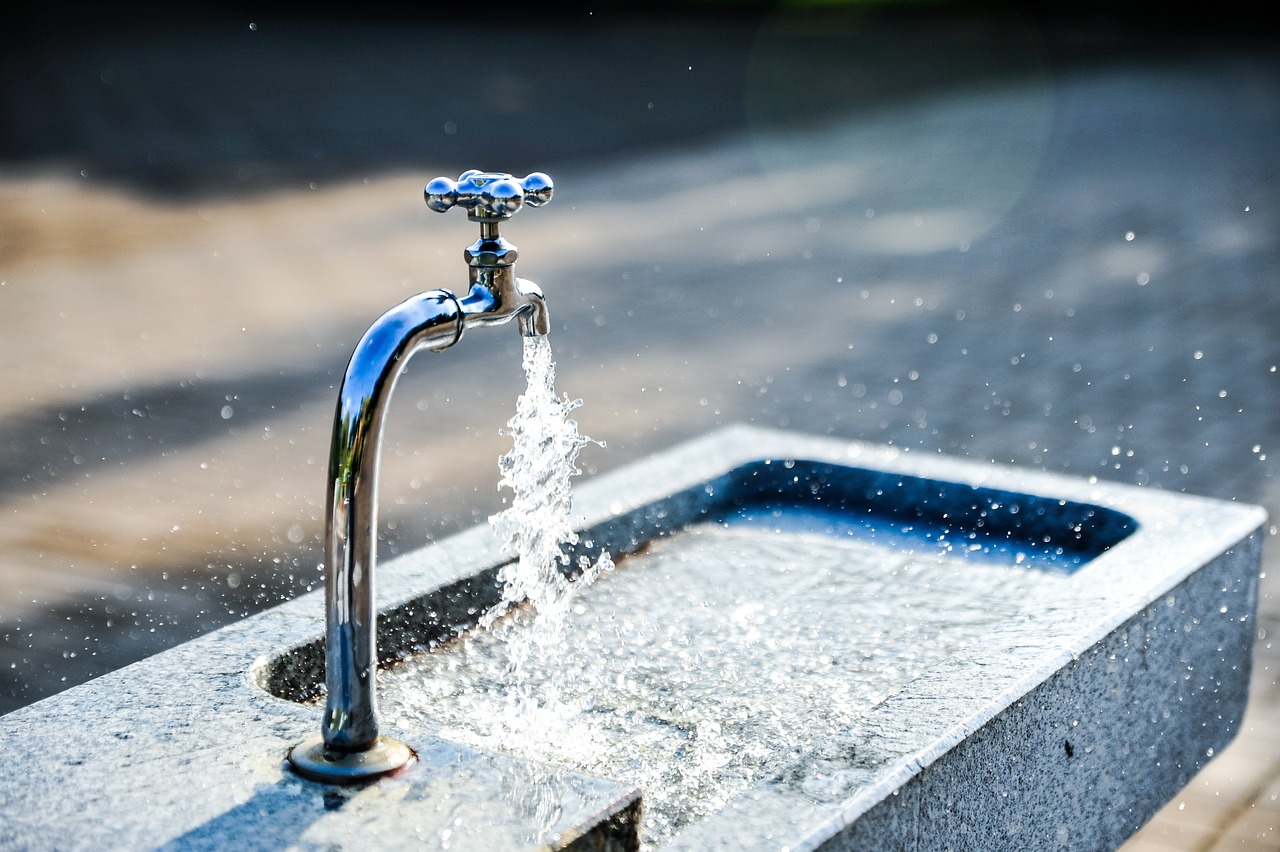Introduction:
Water faucets are an essential part of our daily lives, providing us with access to clean water for various purposes. However, it can be frustrating when the water flow becomes restricted due to faucet clogging. This issue is commonly caused by the accumulation of scale, impurities, or sediments in the faucet. In this article, we will explore the reasons behind this problem and discuss potential solutions.
Reasons for Faucet Clogging:
- Scale Buildup: Over time, minerals such as calcium and magnesium can accumulate and form a hard, crusty layer known as scale. This is especially common in areas with hard water. Scale buildup restricts the flow of water through the faucet, leading to reduced water pressure.
- Impurities in the Water: Sometimes, impurities like dirt, sand, rust particles, or debris can enter the water supply. These impurities can get trapped in the faucet aerator or the valves, obstructing the flow of water and affecting its quality.
- Sediment Deposits: Sediments can settle in the water pipes over time, and some of these particles may find their way into the faucet. As sediments accumulate, they can cause blockages and hinder the smooth flow of water.
Solutions to Clear Faucet Clogs:
- Cleaning the Faucet Aerator: The aerator is a small mesh screen located at the end of the faucet. It is often the first point of contact for impurities and can become clogged easily. To clean it, unscrew the aerator carefully, rinse it under running water, and remove any debris or sediment. Soaking the aerator in vinegar overnight can also help dissolve scale buildup.
- Removing Scale: For faucets with severe scale buildup, using a descaling agent can be effective. Mix equal parts of vinegar and water, and soak a cloth or paper towel in the solution. Wrap the cloth around the affected area, allowing the vinegar to break down the scale. After a few hours, scrub the faucet gently with a toothbrush and rinse thoroughly.
- Clearing Sediment Blockages: If sediment deposits are causing the clog, you may need to remove and clean the faucet cartridge or valve. Turn off the water supply, disassemble the faucet, and carefully clean any sediment buildup. Reassemble the faucet and check if the water flow has improved.
- Regular Maintenance: Prevention is better than cure. Regularly clean the faucet aerator and check for any signs of scale or sediment buildup. Consider installing a water softener if you have hard water, as it can help reduce scale accumulation.
Conclusion:
A clogged faucet can be a source of frustration, but understanding the causes and knowing how to address the issue can help restore smooth water flow. By cleaning the aerator, removing scale, and clearing sediment deposits, you can improve the performance of your faucet. Remember to conduct regular maintenance to prevent future clogs. With these simple steps, you can enjoy uninterrupted water flow and keep your faucets functioning optimally.
